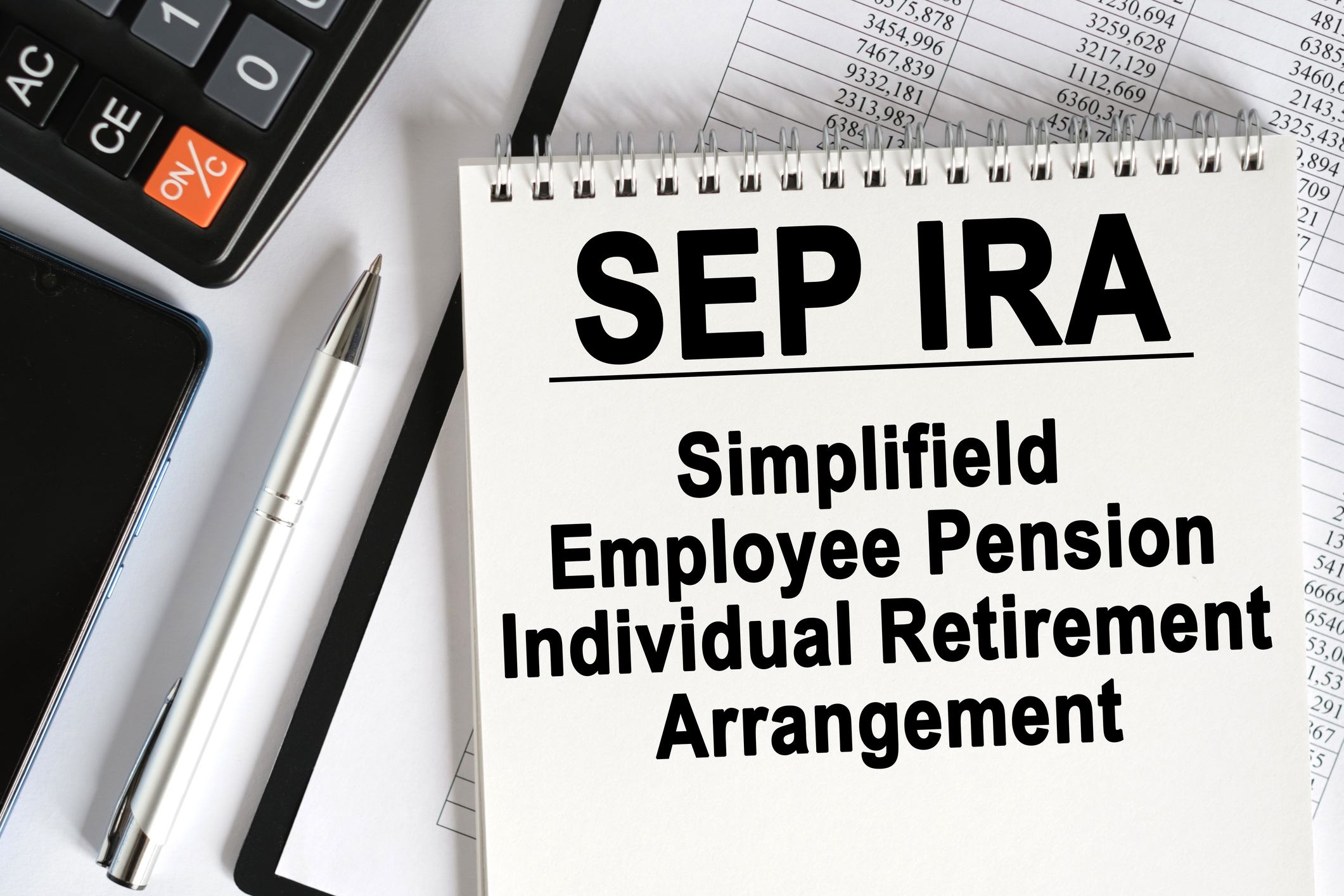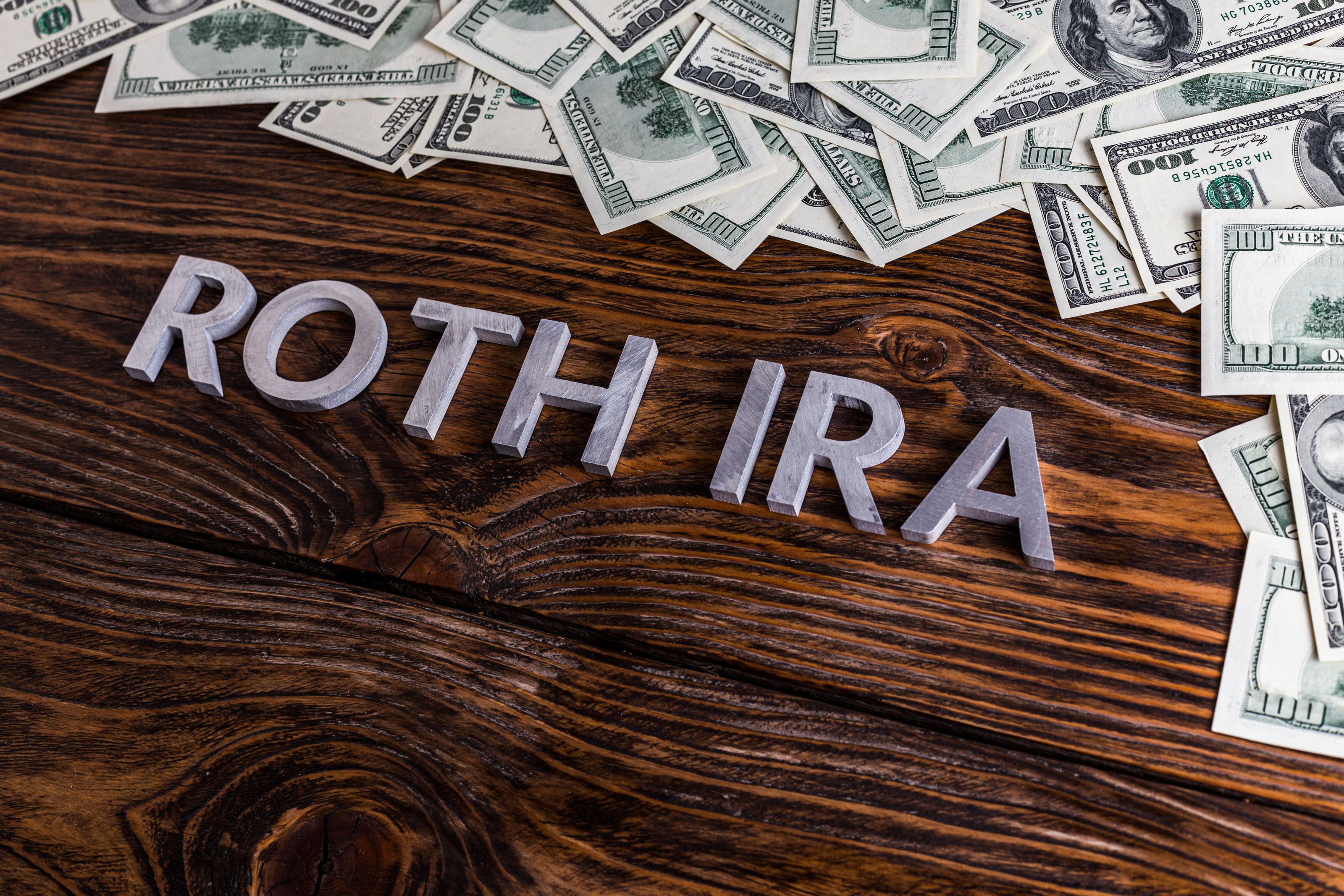Best Ways to Invest After Maxing Out Retirement Accounts
These committed savers ask how best to invest after they've fully funded their tax-deferred accounts.
OUR READERS
Scott and Amber Rowson, 33 and 34
Columbia, Mo.
From just $107.88 $24.99 for Kiplinger Personal Finance
Become a smarter, better informed investor. Subscribe from just $107.88 $24.99, plus get up to 4 Special Issues

Sign up for Kiplinger’s Free Newsletters
Profit and prosper with the best of expert advice on investing, taxes, retirement, personal finance and more - straight to your e-mail.
Profit and prosper with the best of expert advice - straight to your e-mail.
We've maxed out our retirement contributions. Now what?
Scott and Amber are such ardent savers that they're faced with an enviable problem. They contribute the maximum amounts to their tax-deferred retirement accounts, and they stash additional savings in 529 college-savings plans for Beckett, 5, and Ayla, 2. Now they're stumped about how and where to invest still more without incurring tax headaches or excessive risk.
The Rowsons are proof that you don't have to be the fattest of cats to bump up against the contribution limits for standard retirement plans. Scott, a Missouri state employee, intends to put the maximum $16,500 in his 457 plan this year, just as he did in 2009. Amber, a consultant, takes advantage of higher savings limits available to the self-employed. She deferred the maximum 20% of net earnings into her SEP IRA last year and plans a repeat for 2010.
Scott and Amber invest in stock and bond mutual funds. With the recovery in the markets, they appear well prepared for eventual retirement even if they need to let up a little on how much they set aside. But they can make a few other moves to limit their tax bill and spread money among a wider range of assets.
CONVERT TO A ROTH IRA
The Rowsons earn too much to contribute directly to a Roth IRA, from which withdrawals are tax-free in retirement. Individuals with incomes up to $120,000 and married couples who make up to $177,000 can feed a Roth in 2010. But starting this year, everyone, regardless of income, can convert a traditional IRA to a Roth. The price is steep because you must pay ordinary income taxes on the entire amount you convert. But if the Rowsons convert in 2010, they can choose between paying the entire tax bill on their 2010 return or splitting it between 2011 and 2012. It's better if you use money from outside your IRA to pay the tax, which seems manageable for the Rowsons.
OPEN A TAXABLE ACCOUNT
Tax-deferred investments are attractive, but taxable accounts have one upside: There are no restrictions on tapping them, says Ken Eaton, a financial planner in Overland Park, Kan. That could be beneficial to Amber if her business were to slow and she needed easy access to her money. Plus, when you sell a winner you are taxed on the profits at the maximum 15% capital-gains rate. Traditional-retirement-account distributions, however, are fully taxed at ordinary rates as high as 35%. A taxable account is also a good place to park assets, such as exchange-traded funds that invest in commodities, that generate few capital gains.
CONSIDER ALTERNATIVE INVESTMENTS
Scott and Amber's retirement portfolios are overloaded with standard stock and bond funds, so they could use extra cash to go in a different direction. One option: cash-value life insurance, which would provide tax-deferred earnings as well as liquidity and flexibility. Amber is interested in income-producing real estate, which might make sense but requires time and expertise. There are good deals now -- that much is true.
Profit and prosper with the best of Kiplinger's advice on investing, taxes, retirement, personal finance and much more. Delivered daily. Enter your email in the box and click Sign Me Up.
-
 It's Beginning to Look a Lot Like a Santa Rally: Stock Market Today
It's Beginning to Look a Lot Like a Santa Rally: Stock Market TodayInvestors, traders and speculators are beginning to like the looks of a potential year-end rally.
-
 The 2026 Retirement Catch-Up Curveball: What High Earners Over 50 Need to Know Now
The 2026 Retirement Catch-Up Curveball: What High Earners Over 50 Need to Know NowUnlock the secrets of the 2026 retirement catch-up provisions: A must-read for high earners aged 50 and above.
-
 How Much a $100K Jumbo CD Earns You
How Much a $100K Jumbo CD Earns YouYou might be surprised at how fast a jumbo CD helps you reach your goals.
-
 457 Plan Contribution Limits for 2026
457 Plan Contribution Limits for 2026Retirement plans There are higher 457 plan contribution limits in 2026. That's good news for state and local government employees.
-
 Medicare Basics: 12 Things You Need to Know
Medicare Basics: 12 Things You Need to KnowMedicare There's Medicare Part A, Part B, Part D, Medigap plans, Medicare Advantage plans and so on. We sort out the confusion about signing up for Medicare — and much more.
-
 The Seven Worst Assets to Leave Your Kids or Grandkids
The Seven Worst Assets to Leave Your Kids or Grandkidsinheritance Leaving these assets to your loved ones may be more trouble than it’s worth. Here's how to avoid adding to their grief after you're gone.
-
 SEP IRA Contribution Limits for 2026
SEP IRA Contribution Limits for 2026SEP IRA A good option for small business owners, SEP IRAs allow individual annual contributions of as much as $70,000 in 2025, and up to $72,000 in 2026.
-
 Roth IRA Contribution Limits for 2026
Roth IRA Contribution Limits for 2026Roth IRAs Roth IRAs allow you to save for retirement with after-tax dollars while you're working, and then withdraw those contributions and earnings tax-free when you retire. Here's a look at 2026 limits and income-based phaseouts.
-
 SIMPLE IRA Contribution Limits for 2026
SIMPLE IRA Contribution Limits for 2026simple IRA For 2026, the SIMPLE IRA contribution limit rises to $17,000, with a $4,000 catch-up for those 50 and over, totaling $21,000.
-
 457 Contribution Limits for 2024
457 Contribution Limits for 2024retirement plans State and local government workers can contribute more to their 457 plans in 2024 than in 2023.
-
 Roth 401(k) Contribution Limits for 2026
Roth 401(k) Contribution Limits for 2026retirement plans The Roth 401(k) contribution limit for 2026 has increased, and workers who are 50 and older can save even more.